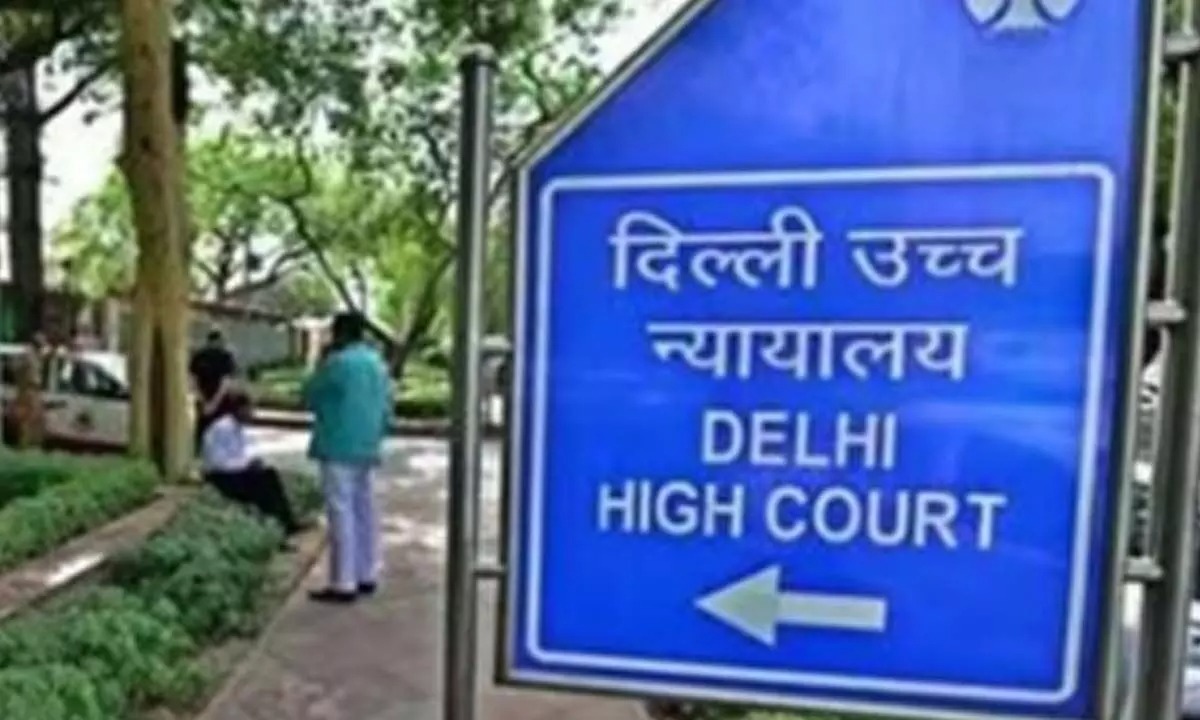@JUDGMENTTAG-ORDER
L. Narasimha Reddy, J.@mdashThe 1st respondent filed O.S. No. 906 of 2000 in the Court of the IV Senior Civil Judge, City Civil Court, Hyderabad against respondents 1 to 4 and the petitioner herein for recovery of amount covered by a chit transaction. While the 2nd respondent is the prized subscriber, the petitioner (4th defendant) and respondents 3 to 5 are sureties. The suit was decreed on 06.08.2002. After the decree became final, the 1st respondent initially filed E.P. No. 131 of 2002, which is said to have been dismissed for default after the judgment debtors entered appearance and filed counter. Thereafter, the 1st respondent filed E.P. No. 95 of 2009 for grant of attachment against the immovable properties of the petitioner herein, i.e. 4th judgment debtor. The petitioner filed E.A. No. 83 of 2010 u/s 47 C.P.C. with a prayer to decide as to whether it was competent for the 1st respondent to claim relief against the petitioner alone, without claiming any relief against the principal debtor and other judgment debtors. The application was opposed by the 1st respondent. The Executing Court dismissed the I.A., through order, dated 08.11.2010. Hence, this revision.
2. Smt. Ch. Vijaya Lakshmi, learned counsel for the petitioner, submits that the decree obtained by the 1st respondent is, no doubt, joint and several in nature, but in the context of execution, the decree holder is required to proceed against all the judgment debtors. She contends that the occasion for the 1st respondent to proceed against the sureties would arise, if only, steps taken by it against the 2nd respondent did not fructify. Learned counsel submits that substantial amount has been recovered from the 2nd respondent and unless the relief is claimed against all, the Court would not be able to determine the dispute, effectively. She contends that the view taken by the trial Court cannot be sustained in law.
3. Sri K. Maheswara Rao, learned counsel for the 1st respondent, on the other hand, submits that though the E.P. filed on earlier occasion was dismissed for default, the 1st respondent is entitled in law, to maintain another E.P. He submits that once the decree is joint and several in nature, the 1st respondent has every right to proceed against any of the judgment debtors. He contends that the trial Court has taken the correct view of the matter.
4. The decree obtained by the 1st respondent against respondents 2 to 5 and the petitioner has become final. The principal debtor is the 2nd respondent and the petitioner and respondents 3 to 5 are the sureties. The liability under the decree is joint and several, on the part of all the judgment debtors and the decree holder has right to proceed against any or all of them.
5. The basic obligation to pay the decretal amount is with the prized subscriber. In case, the 1s'' respondent finds any difficulty in recovering the amount from the 2nd respondent, it can certainly take steps against other judgment debtors. An effort as such must be made against the principal debtor. The proceedings against one of the guarantors, keeping aside the principal debtor and the other sureties, would certainly give scope for the collusion between the decree holder on the one hand and some of the judgment debtors on the other. The only legal consequence of the liability being joint and several is that the discharge by one of them, would enure to the benefit of others. The determination in this behalf, however, must take place in the presence of all. If the other judgment debtors are omitted from the array of the parties in the E.P., the one who is singled out and proceeded against would face handicap in the context of pleading satisfaction of the decree by others or collusion among the other parties.
6. Take for instance, the principal debtor has paid the entire, or part of the amount and the decree holder filed the E.P. for recovery of the entire amount against all or some of the judgment debtors. If the E.P. is not filed against all the judgment debtors, the one, who is sought to be proceeded against, does not have the facility or opportunity to elicit the information as to whether any amount covered by the decree has been paid or there is any collusion between the decree holder on the one hand and the other judgment debtors on the other.
7. Viewed in this context, the step taken by the 1st respondent to proceed against the petitioner alone cannot be sustained. If it is otherwise permissible in law, he has to either file a fresh E.P. against all the judgment debtors or to take steps to ensure that the E.P. is directed against all the judgment debtors.
8. With the above observation, the civil revision petition is allowed and as a result, the E.A. shall stand disposed of in terms of this order. There shall be no order as to costs. The miscellaneous petition filed in this revision shall also stand disposed of.

